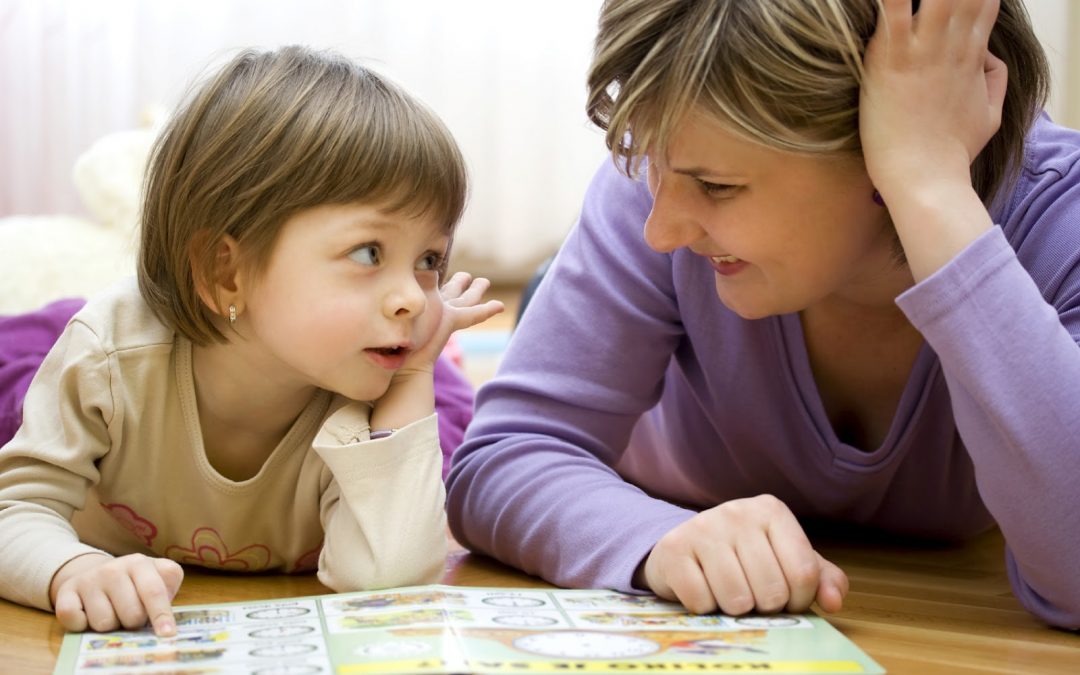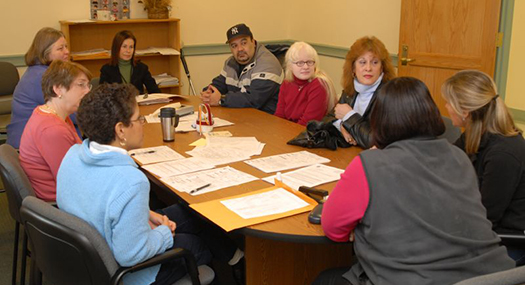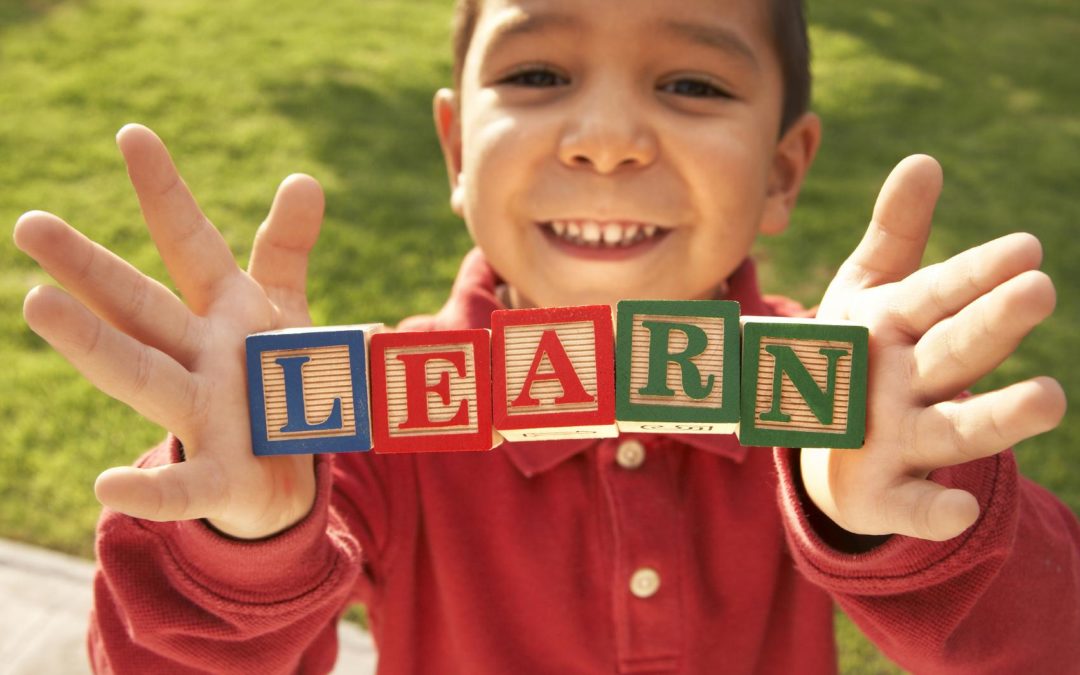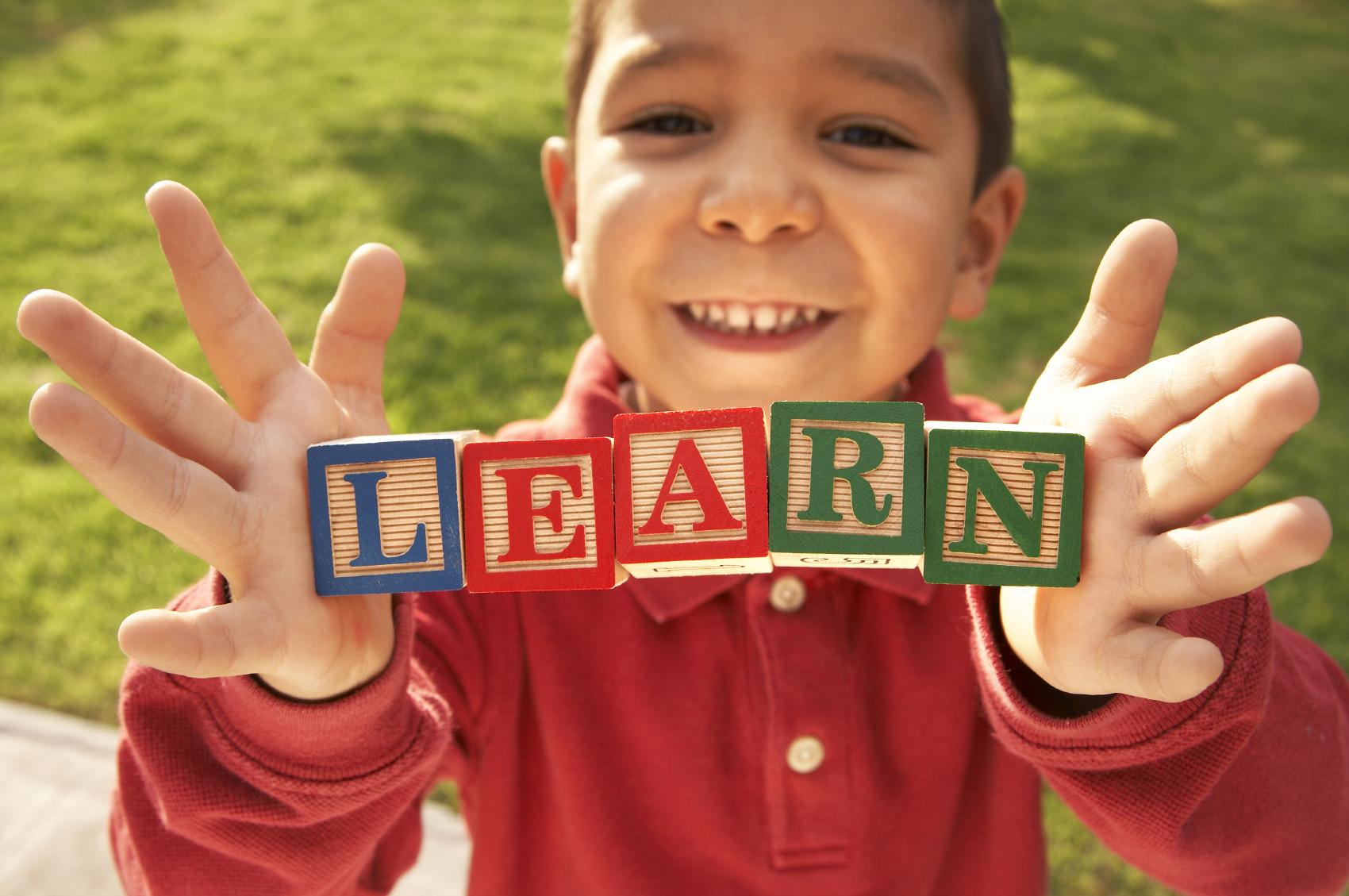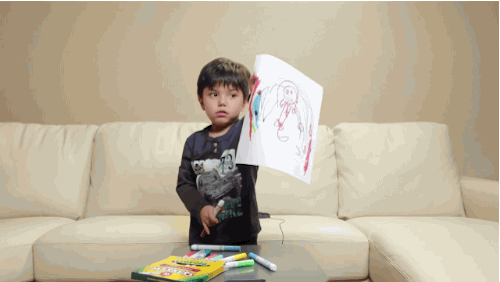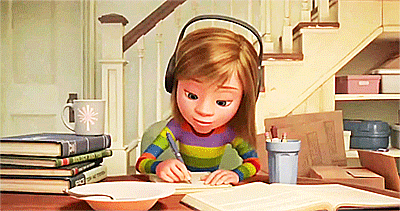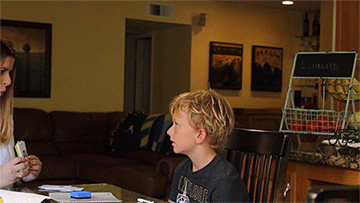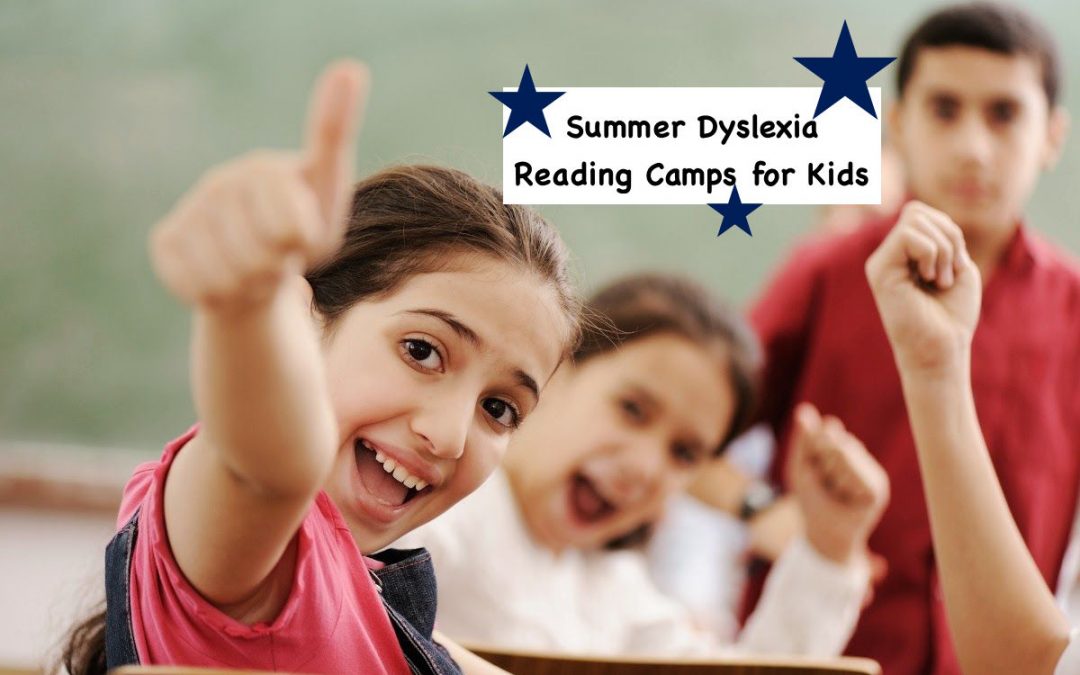
by PRIDE Reading Program Admin | Jan 17, 2018 | A PRIDE Post, Dyslexia, Summer Programs
As much as I really want to give my kids a break in the long summer months, I also know that taking a total break is not a good idea. Scientific data clearly shows that many kids lose valuable reading skills over the summer. For a child with dyslexia, who has worked especially hard all school year, this can be devastating, So…. how can we balance fun and learning and also not regress? Well, consider a summer dyslexia reading camp as an option. Kids usually work hard in the mornings, and then still get all afternoon to play play play. Here is a list of recommended summer dyslexia reading camps.
PRIDE Learning Center
PRIDE’s Summer Dyslexia Reading Camps offers a fantastic program to give kids a giant boost in reading, writing, spelling and comprehension. PRIDE uses an Orton-Gillingham, multisensory reading approach that is delivered one-on-one with a reading specialist.
The kids attend the dyslexia camp from 9-12 Monday – Friday for 4 weeks. In these 4 weeks most kids go up 1-2 reading grade levels. The one-on-one is really the key to the kids progressing so rapidly. A sample daily schedule looks like this:
9:00 – 10:00: Orton-Gillingham Reading Instruction
10:00 – 10:10: Break
10:10 – 11:00: Orton-Gillingham Reading Instruction
11:00 – 11:10: Break
11:10 – 11:50: Orton-Gillingham Reading Instruction
11:50 – 12:00: Pick up and updates
After the instruction there is still plenty of time in the day to go to the beach, swimming pool, rest at home or just play play play. You can check out their summer dyslexia reading camp page here for more information and registration.
Check out the PRIDE Learning Center video here:
Can’t afford to send your child to a summer dyslexia reading camp?
Don’t fret! I have a fantastic option for you. If you are up to it, you can run your own 4-week dyslexia reading camp. Yup, no joke. Here is how you do it:
Step 1: You purchase a subscription and train yourself in the PRIDE Reading Program. This is an Orton-Gillingham reading curriculum that is used by homeschooling parents of children with dyslexia all over the United States as well as abroad. It is extremely easy to learn and easy to follow as it is heavily scripted out. It is also very affordable. Best of all …… it works wonders!
Step 2: After the morning one-on-one sessions with you (or you can always hire a tutor and give them the program to use), send your kiddo to a recreational, outdoors afternoon group camp (surfing, fishing, swimming, art, music, etc.) or set up your own homeschool summer camp. Yup, after 2-3 hours a day of intensive one-on-one Orton-Gillingham instruction, the kiddos deserve something outdoors and something fun. Call it a 4- week Orton-Gillingham homeschool camp. Save a ton of money.
Feel free to contact me with any questions you might have and PLEASE let me know how your summer dyslexia reading camp adventures go. For more dyslexia tips, check out How do kids with Dyslexia learn to read and spell?
Thank you so much for visiting my Blog today!

Karina Richland, M.A., developed the PRIDE Reading Program, an Orton-Gillingham program for struggling readers, based on her extensive experience working with children with learning differences over the past 30 years. She has been a teacher, educational consultant and the Executive Director of PRIDE Learning Centers in Southern California. Please feel free to email her with any questions at info@pridelearningcenter.com. Visit the PRIDE Learning Center website at www.pridelearningcenter.com.

by PRIDE Reading Program Admin | Jan 16, 2018 | A PRIDE Post, Dyslexia, Multisensory Teaching, Orton-Gillingham
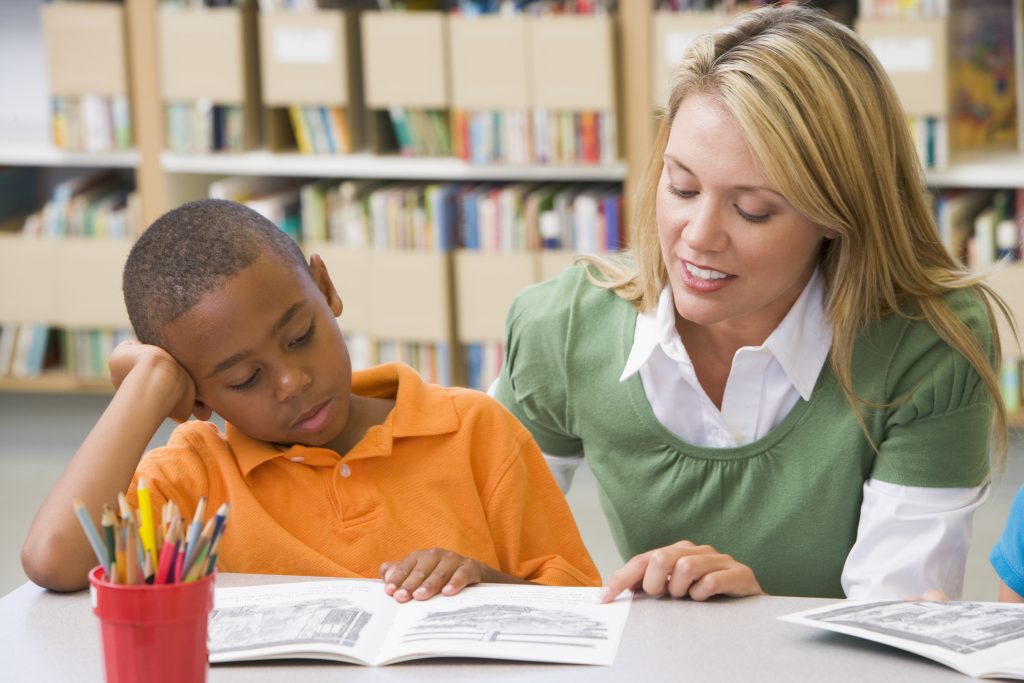
Learning to read in English would be so easy for kids with Dyslexia if all similar-sounds were spelled the same. They aren’t. English is so hard to learn and has so many unfair and horrible spelling rules! Ugggh!
Many of us just read naturally. We understand that letters and letter combinations create words and sounds. Our brains just naturally register the words in print and we can read three or four words ahead of time and visually scan an entire text. We are also mentally able to pull words apart, separate them into syllables and apply all of those horribly unfair spelling rules easily and logically.
In the beginning…
Reading is complicated. There are 3 major stages that a child will need to go through in their lifetime to become a strong reader. This process involves word recognition, comprehension, fluency, and most importantly… motivation. The following outlines the key features of the reading process at each stage:
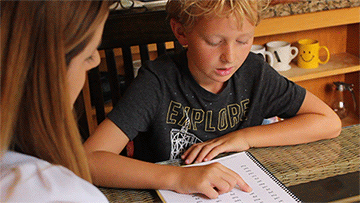
Stage 1 of the Reading Process: Decoding (Ages 6-7)
At this stage, beginning readers learn to decode by sounding out words. They comprehend that letters and letter combinations represent sounds and use this information to blend together simple words such as hat or dog.
Stage 2 of the Reading Process: Fluency (Ages 7-8)
Once children have mastered the decoding skills of reading, they begin to develop fluency and other strategies to increase meaning from print. These children are ready to read without sounding everything out. They begin to recognize whole words by their visual image and orthographic knowledge. They identify familiar patterns and achieve automaticity in word recognition and increase fluency as they practice reading recognizable texts.
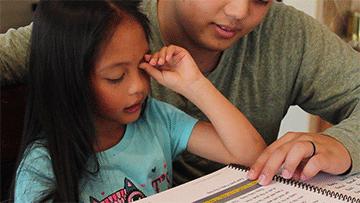 Stage 3 or the Reading Process: Comprehension (Ages 8-14)
Stage 3 or the Reading Process: Comprehension (Ages 8-14)
Children in this stage have mastered the reading process and are able to sound out unfamiliar words and read with fluency. Now the child is ready to use reading as a tool to acquire new knowledge and understanding. During this stage, vocabulary, prior knowledge, and strategic information become of utmost importance. Children will need to have the ability to understand sentences, paragraphs, and chapters as they read through text. Reading instruction during this phase includes the study of word morphology, roots, prefixes as well as a number of strategies to help reading comprehension and understanding.
Let’s keep it simple…
I’m not going to get too deep into the semantics of each reading phase and how it all works but Dr. G. Reid Lyon, a researcher in the field of neurology of dyslexia wrote a great article on children and the process of reading if you want to read it here.
So…now that you understand that there is a natural progression to reading, the big question is, will a child with dyslexia eventually learn to read naturally as they mature….
Will the reading come naturally for a dyslexic child at some point?
Nope. Reading does NOT and never will come naturally for a dyslexic child. A child with dyslexia does not wake up one morning and say, “I get it mom, it all makes sense now!” Nope. Unfortunately this isn’t going to happen.
This is just a fact. The International Dyslexia Association has a really good fact sheet on Dyslexia and the Brain. You can read about it here.
Children with dyslexia read and spell everything phonetically and do not apply spelling rules. For example, if they are spelling the word “said“ they will write “sed.” When reading the word “horse,” the dyslexic child will make a mental picture of that word and every time he or she approaches the word “horse” in text, that mental picture comes to life. The problem with this strategy is that when they get to a word that they are unfamiliar with, they have no coping mechanisms to attack that particular word. Yikes!
There is GREAT news for kids with Dyslexia!!!
Even though the reading and spelling does not come naturally for a child with dyslexia, this does not mean that they can’t learn to read and spell. Kids with Dyslexia are really bright kids, that just need a different approach to reading and spelling. They need to learn the letters and letter combinations in a very very structured, systematic and cumulative approach. They need lots of repetition and practice and they need a lot of positive encouragement. Children with dyslexia need 3 crucial elements to their reading instruction:
Multisensory Teaching
Orton-Gillingham Program
Parent Support
What does multisensory mean?
See it – Say it – Hear it – Move with it!
When taught with a multi-sensory approach, children will learn all the letters, letter combinations, sounds and words by using all of their pathways – hearing (auditory), seeing (visual), touching (tactile) and moving (kinesthetic).
 When learning the vowel combination ‘oa,’ for example, the child might first look at the letter combination on a picture of a GOAT, then close his/her eyes and listen to the sound, then trace the letters in the air while speaking out loud. This combination of listening, looking, and moving around creates a lasting impression for the child as things will connect to each other and become memorable. Using a multi-sensory approach to reading will benefit ALL learners, not just those with dyslexia.
When learning the vowel combination ‘oa,’ for example, the child might first look at the letter combination on a picture of a GOAT, then close his/her eyes and listen to the sound, then trace the letters in the air while speaking out loud. This combination of listening, looking, and moving around creates a lasting impression for the child as things will connect to each other and become memorable. Using a multi-sensory approach to reading will benefit ALL learners, not just those with dyslexia.
What is Orton-Gillingham?
The other significant component in helping a child with dyslexia learn to read and spell is utilizing an Orton-Gillingham approach. In Orton-Gillingham, the sounds are introduced in a systematic, sequential and cumulative process. The Orton-Gillingham teacher, tutor or parent begins with the most basic elements of the English language. Using lots of different multisensory strategies and lots of repetition, each spelling rule is taught one at a time. By presenting one rule at a time and practicing it until the child can apply it with automaticity and fluency, a child with dyslexia will have no reading gaps in their reading and spelling skills.
Children are also taught how to listen to words or syllables and break them into individual sounds. They also take each individual sounds and blend them into a words, change the sounds in the words, delete sounds, and compare sounds. For example, “…in the word steak, what is the first sound you hear? What is the vowel combination you hear? What is the last sound you hear? Children are also taught to recognize and manipulate these sounds. “…what sound does the ‘ea’ make in the word steak? Say steak. Say steak again but instead of the ‘st’ say ‘br.’- BREAK!
Every lesson the student learns in Orton-Gillingham is in a structured and orderly fashion. The child is taught a skill and doesn’t progress to the next skill until the current skill is mastered. Orton-Gillingham is extremely repetitive. As the children learn new material, they continue to review old material until it is stored into the child’s long-term memory.
It is like learning a foreign language.
Kids with Dyslexia need more structure and repetition in their reading instruction. They need to learn basic language sounds and the letters that make them, starting from the very beginning and moving forward in a gradual step by step process. Think of it as if your child is learning a foreign language for the first time. He or she needs to start at the very beginning, learn the pronunciation of each letter in the alphabet as well as all the different spelling and language rules related to the foreign language. This needs to be delivered in a systematic, sequential and cumulative approach. For all of this to “stick” the child will need to do this by using their eyes, ears, voices, and hands.
If you want to learn more about an Orton-Gillingham Dyslexia Reading Program click on the video below:
If you enjoyed reading this post, you might also enjoy reading, My child might have Dyslexia… what do I do?
Thank you so much for visiting my Blog today!
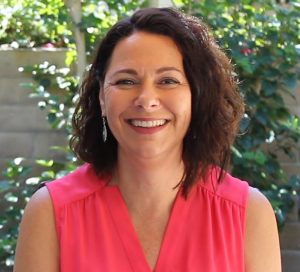
Karina Richland, M.A., developed the PRIDE Reading Program, an Orton-Gillingham program for struggling readers, based on her extensive experience working with children with learning differences over the past 30 years. She has been a teacher, educational consultant and the Executive Director of PRIDE Learning Centers in Southern California. Please feel free to email her with any questions at info@pridelearningcenter.com. Visit the PRIDE Reading Program website at https://www.pridereadingprogram.com

by PRIDE Reading Program Admin | Dec 12, 2017 | A PRIDE Post, ADHD

The school year is in full swing and the homework load is heavy! Many parents here at PRIDE complain to us frequently that their kiddo just can’t get through the homework load and it is causing a lot of tension and frustration. I put together a few tips and strategies on how to lighten the completion time and reduce the stress at home and just finish that homework quicker for you parents out there with an ADHD child. Hope this helps!
1. Schedule an established time to do homework daily.
Most children with ADHD need set routines and schedules in order to feel success. Help your child find a time for homework that works out in both your daily schedules. Some children do best right after school, whereas others need an outside fresh air break first. Because you know your child better than anyone, find that perfect time and make it part of the daily routine. This will help get through the workload quicker. I have my child take the dog for a walk around the block first, then come home to some milk and cookies and then settle down for homework. This routine works really well for us on a daily basis, and my son feels comfortable knowing the daily routine.
2. Take 5-minute breaks after every 20 minutes.
Find a structured break activity that your child can do after every 20 minutes of work. This could be a yoga stretch on the floor, deep breathing activities, etc. If you keep the break structured, the child will understand this as part of the routine and not a time to wander off and get distracted and lose focus. Short, frequent breaks help children recharge. This should get your child back to a focused state of mind and get through that homework quicker. I sometimes have my son do push-ups or chin-ups (he is pretty athletic and likes physical movement) we make it a game of increasing the repetitions each time.
3. Let your child stop when they can’t continue on.
If your child is too tired or frustrated to finish the homework, let him or her stop!
Experts in the field of education usually recommend that elementary students do 10 minutes of homework per subject per day. If your child’s homework sessions are taking longer than this, schedule a meeting with your child’s teacher to discuss the problems that your child is facing. It could be that the amount of homework is overwhelming or that it is too difficult for your child. If your child has problems focusing, writes and reads very slowly, or needs extra time understanding concepts, then homework will consistently take longer to get through. Make a plan with the teacher so that your child will feel success with homework and everyone’s time will be well spent.
4. Request an extra set of textbooks to use at home.
My son forgets his book at school at least twice a week. This is pretty common for a kid with ADHD. Students with organizational issues often leave their books at school. I bought a copy of each of his textbooks online used. This way we always have a copy at home and spend less time getting back to school to recover all the forgotten items. Having the homework material every day at home is crucial. Once a student falls behind in their coursework, it is extremely difficult to get caught up. Since so many schools do not have extra copies, you will probably need to purchase extra copies on your own. This will save many after school trips back to the school and give you more time to get through that homework load instead.
5. Find the right location for your child to do daily homework.
Make sure it has good lighting and a clear workspace with no clutter around. Children with ADHD become easily distracted at their workstations. Keep the homework area free of anything except a good supply of paper, sharpened pencils and a set of erasers, pens, and a computer or laptop. This will keep your child focused and hopefully help them get through that homework load a lot faster. I let both my children find their perfect spot. Both of my kids like to lay on their beds with their laptops and spread al the papers and books around the bed. It works for them.
6. Help your child organize papers for after-school homework and prepare for the next school day.
Watch your child put completed homework in the proper folders and put the papers that need to stay home in an accordion file that stays at the child’s workstation at home. All work that comes home should go in this labeled accordion file for future tests and quizzes (especially when they are in Middle and High School). All work should be saved until the semester is over. My son needs a lot of help with this as his homework usually ends up all over the floor. We go through it together. Getting through the homework is already incredibly challenging for him and I prefer to pick my battles. I do not mind helping him organize and put it where it needs to go. My daughter on the other hand always likes to organize her own backpack and put everything away nicely and neatly. Sigh… wish a little of that would rub off on her brother.
7. When your child has completed their homework, always praise them for a job well done.
If a parent conveys the message that a child is capable and worthwhile, the child will begin to believe this. Being supportive, having a structured learning environment and consistent routines will encourage success and motivation at home.
Have any other ideas that I missed? Please include them in the comment section below. Thank you so much for visiting my blog today!
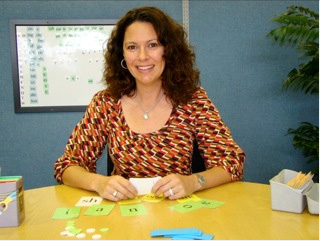
Karina Richland, M.A., is the Executive Director of PRIDE Learning Centers, LLC, an educational company that works with children in special education and focuses on reading, writing and comprehension help. She is also the author of the PRIDE Reading Program, a multisensory Orton-Gillingham reading, writing and comprehension curriculum that is available worldwide for parents, tutors, teachers and homeschoolers of struggling readers.
Karina has an extensive background in working with students of all ages and various learning modalities. She has spent many years researching learning differences and differentiated teaching practices.
You can reach her by email at karina@pridelearningcenter.com or visit the website at www.pridelearningcenter.com
